Science-fiction auteurs George Lucas and Frank Herbert introduced fans to two incredibly dynamic and hostile worlds in each of their respective fictional universes. In Star Wars: Episode III - Revenge of the Sith, Lucas unveiled Mustafar, the savage hell-planet named for the Arabic word "mustafa," meaning "chosen," where Anakin Skywalker undergoes his final transformation into the evil Sith Lord Darth Vader.
In Dune, the epic novel by Frank Herbert, Arrakis is the hostile desert world upon which a rich melodrama unfolds concerning the rise and fall of an Empire, its Great Houses, and a religion around hero Paul Atreides. The 1984 David Lynch film brought it to life, and it will be seen again in the 2021 version directed by Denis Villeneuve. Each planet represents a tumultuous environment where some of the best sci-fi narratives were forged, but which is more severe?
10 Mustafar: Lava Rivers And Lakes
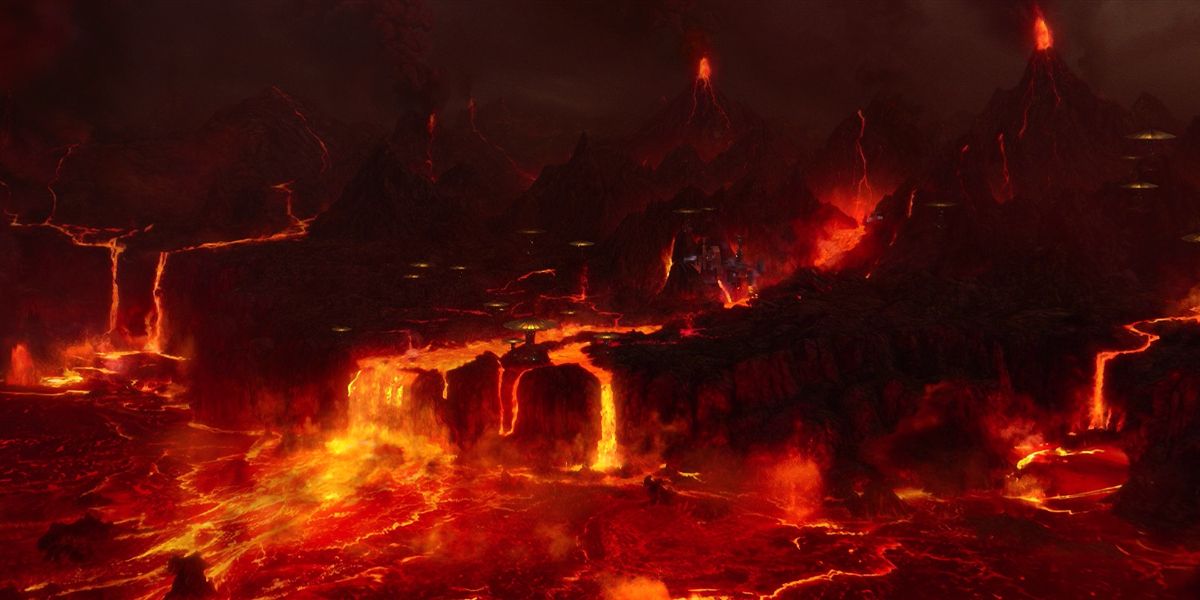
Rich with minerals coveted by the Techno Union and the Separatist Army for the purpose of constructing battle droids during the Clone Wars, the lava rivers on Mustafar are as bountiful as they are dangerous. Their flames once engulfed the disgraced Jedi Knight Anakin Skywalker, burning his flesh irreparably.
The rivers cover much of the planet and produce incredible heat, making the landscape inhospitable to those without protective coverings. Underground, the lava lakes expelled fumes that, if inhaled by organic lifeforms, eventually drove them insane with visions of fear and ghosts of the past.
9 Arrakis: Sandworms
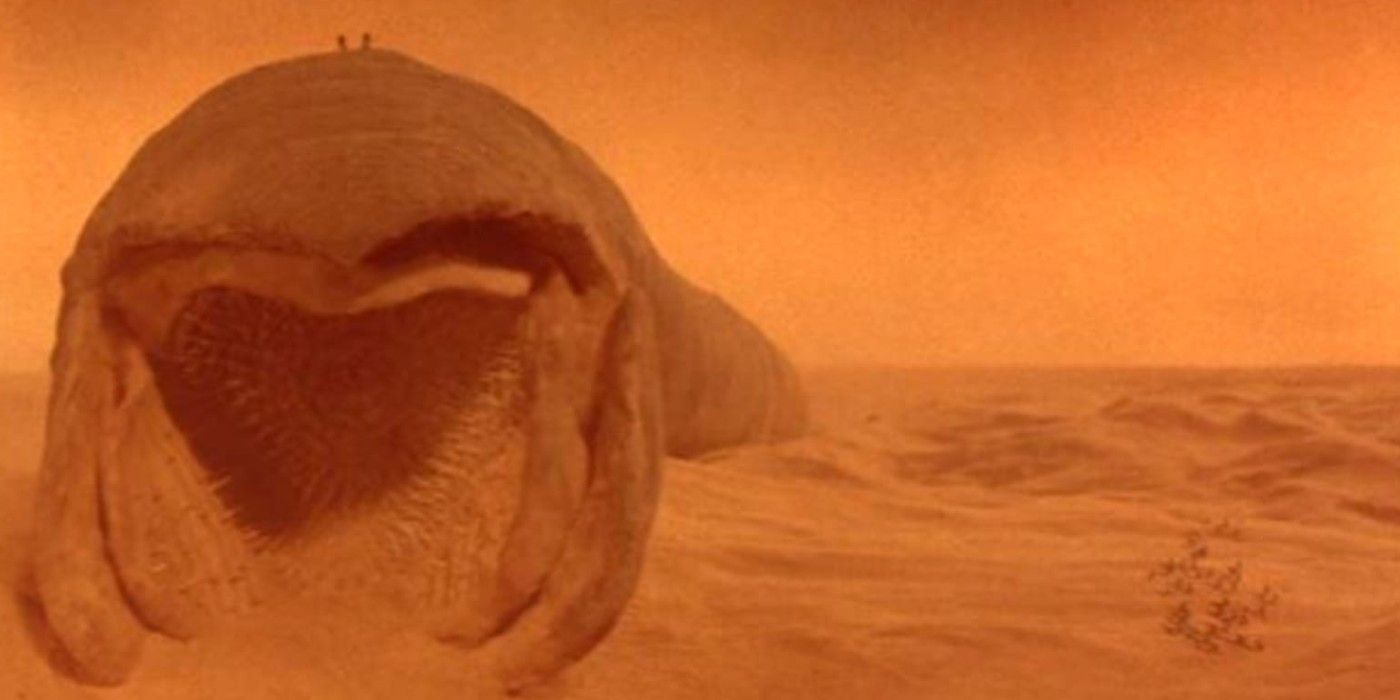
The Fremen of Dune may worship the sandworms, but the giant worm-like creatures are dangerous and terrifying to anyone who goes near them coveting spice. Not only can they get as large as 1,300 feet long, but they have rows of crystal-like teeth used in their burrowing process.
Not only can natives be ground to nothing by the sandworm's ring of crystalline teeth, they can also be crushed by the speed with which the sandworm moves through the desert. Because each ring-like segment of the worm has a "life of its own" according to "Dune," normal explosives don't work to destroy it.
8 Mustafar: The Dark Side

According to the comic series Darth Vader: Dark Lord of the Sith, the dark side is strong on Mustafar, ever since Lady Corvax tried to use the Bright Star to resurrect her husband. Her search for immortality intrigued the Sith, and they built a great temple atop the ruins of her fortress home.
Darth Vader constructed his castle on Mustafar, the sight of his greatest defeat, based on designs from Darth Momin, a great Sith architect and engineer. Momin's plans ensured the fortress would focus the energies of the dark side for Vader's personal use in resurrecting his deceased wife Padmé to life. The fortress had to be rebuilt nine times because of the harshness of the environment and frequent invasions by Mustafarians.
7 Arrakis: Warring Houses
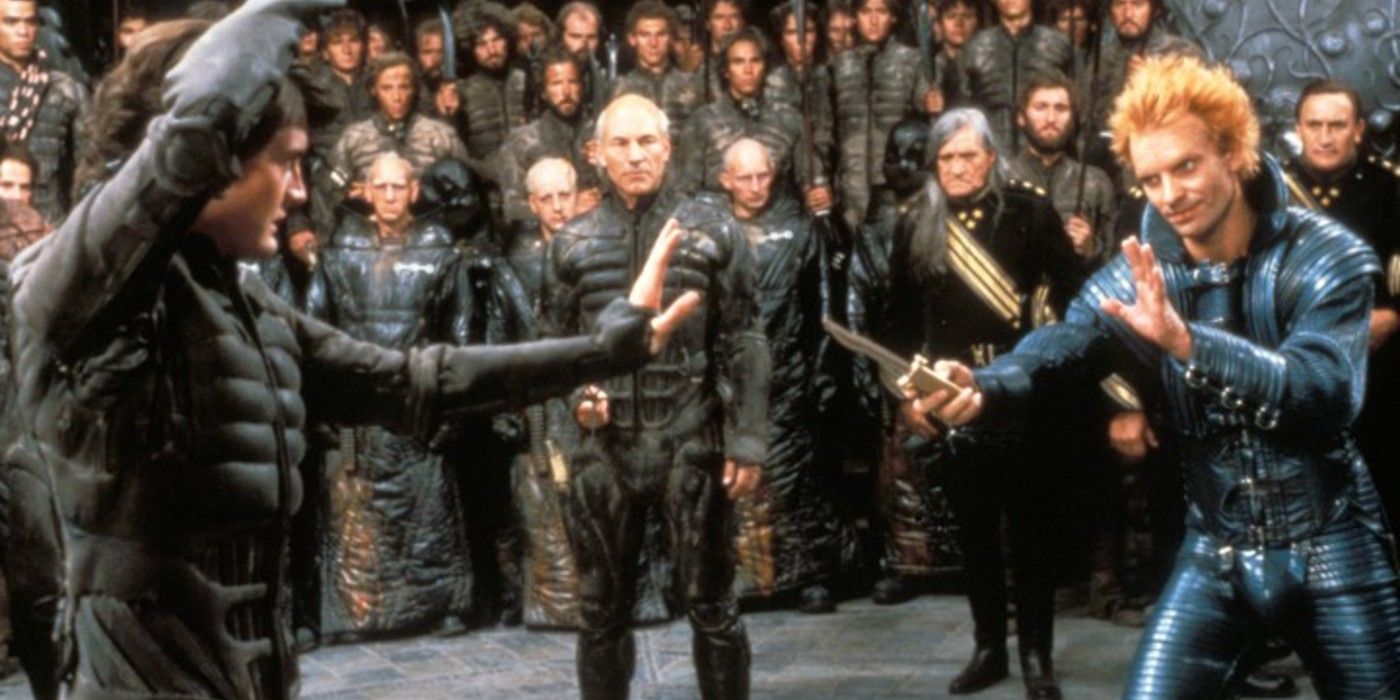
Arrakis has many fiefs under the control of the major houses in the known universe. Under the Padishah Emperors, many Great Houses struggled for supremacy controlling the spice supply under Imperial edict, but one house gained unimaginable wealth and prestige mining melange: House Harkonnen.
It feuded with its main rivals, House Atreides and House Corrino, for power and control over the hunting grounds of sandworms, and plotted to one day form the Harkonnen Empire. Paul of House Atreides became a religious prophet and the impetus of a galactic jihad (in both the book and the film), resulting in millions of people dying on Arrakis and elsewhere.
6 Mustafar: Ash Storms And Turbulent Atmosphere
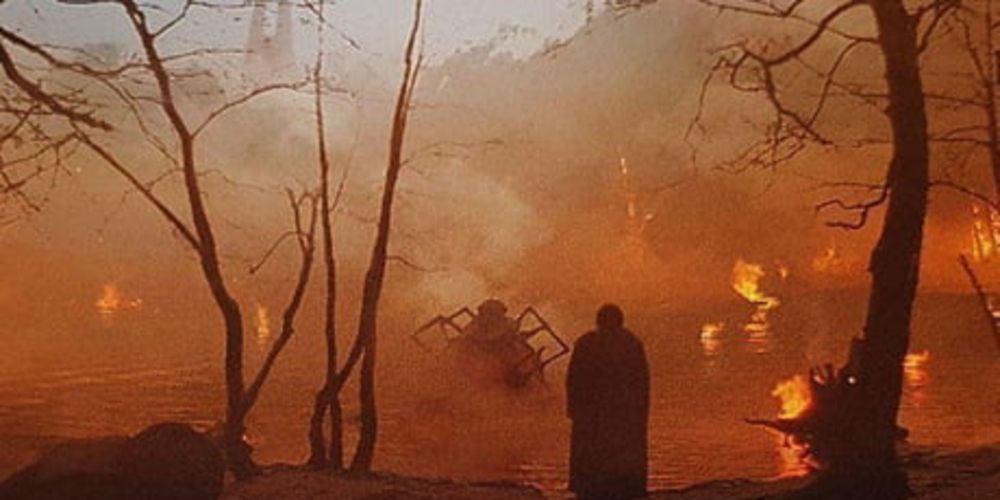
The gas giant of Jestefad produces an incredible magnetic field which, when combined with the volcanic activity on the planet surface, makes Mustafar's atmosphere incredible volatile. Cyclones, thermal currents, lightning storms, and ash tornadoes are common in Mustafar's turbulent skies.
Ash rains down on the planet in thick black clouds of chemical heat, requiring most inhabitants to wear some sort of protective covering and breathing apparatus unless they are exceptionally strong in the Force. When searching for the Sith Wayfinder on Mustafar, Kylo Ren was able to walk the ash-covered surface unencumbered.
5 Arrakis: Spice Wars

Arrakis is the source of the most valuable commodity in all the known universe spice. The waste of sandworm larvae becomes a geriatric drug in the hands of humans and can give anyone who uses it an unnaturally long life, as well as heightened reflexes and vitality. In addition, it makes interstellar travel popular by folding space.
Not only is the undertaking of harvesting spice dangerous due to the sandworms, but it also attracts ruthless interested parties from all over the Empire. The supply, demand, and production cycle of spice make up Dune's primary melodrama because of what people are willing to do to get it.
4 Mustafar: Deadly Creatures

The rest of the galaxy may view Mustafar as a dead hellscape incapable of supporting life, but it has a vibrant ecosystem. One of the most ubiquitous creatures on the planet surface is lava fleas, six-legged insects who have adapted to life amidst the lava flows and created a habitat for themselves by biting through the planet's crust. They're used as mounts by Mustafarians, and their tough hide is used for armor.
A range of predators make up Mustafar's food chain. Darkghasts (first appearing in the VR experience Vader Immortal), similar to Dathomirian rancors, can be found beneath the planet surface, feeding off roggwarts (first appearing in Star Wars: The Clone Wars), semi-sentient creatures who in turn preyed on lava nymphs (vermin who could spit lava when provoked), xandanks (insects that hunt along the surface in packs), and lava eels (large enough to eat a Mustafarian).
3 Arrakis: Surface Wasteland
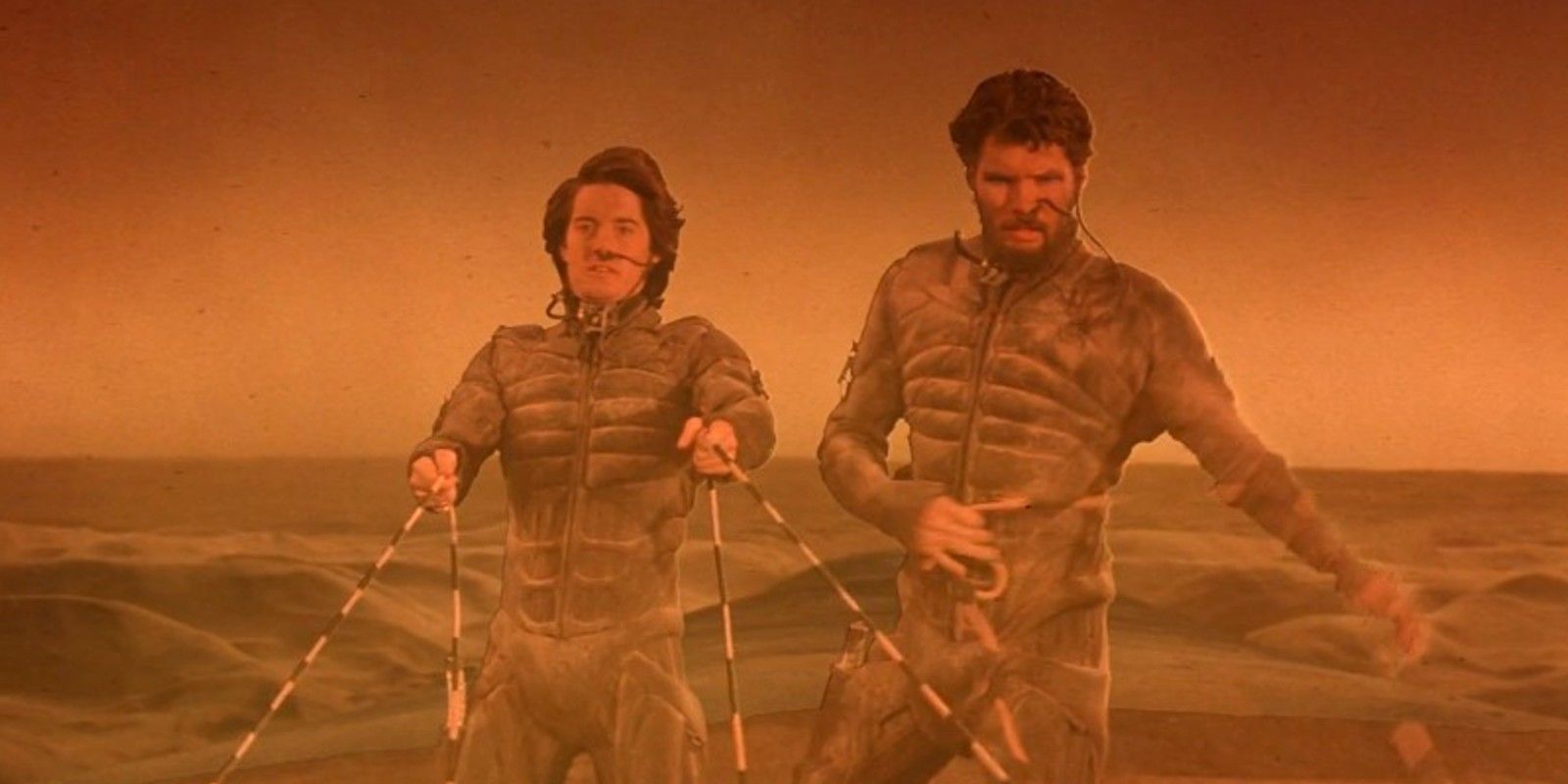
Like the desert planet Tatooine, Arrakis is a wasteland. Those who venture on the planet surface must wear stillsuits, body-encasing garments that the Fremen designed to dissipate heat, filter bodily wastes, lock in moisture, and keep wearers at a sufficient temperature for moving across the sands.
As Liet-Kynes explains to Duke Leto Atreides, breathing and walking can actuate pumps that use movement to funnel water throughout the suit as part of the filtration process. The heat exchange allows wearers to function on a planet with very little in the way of water resources.
2 Mustafar: Mustafarians
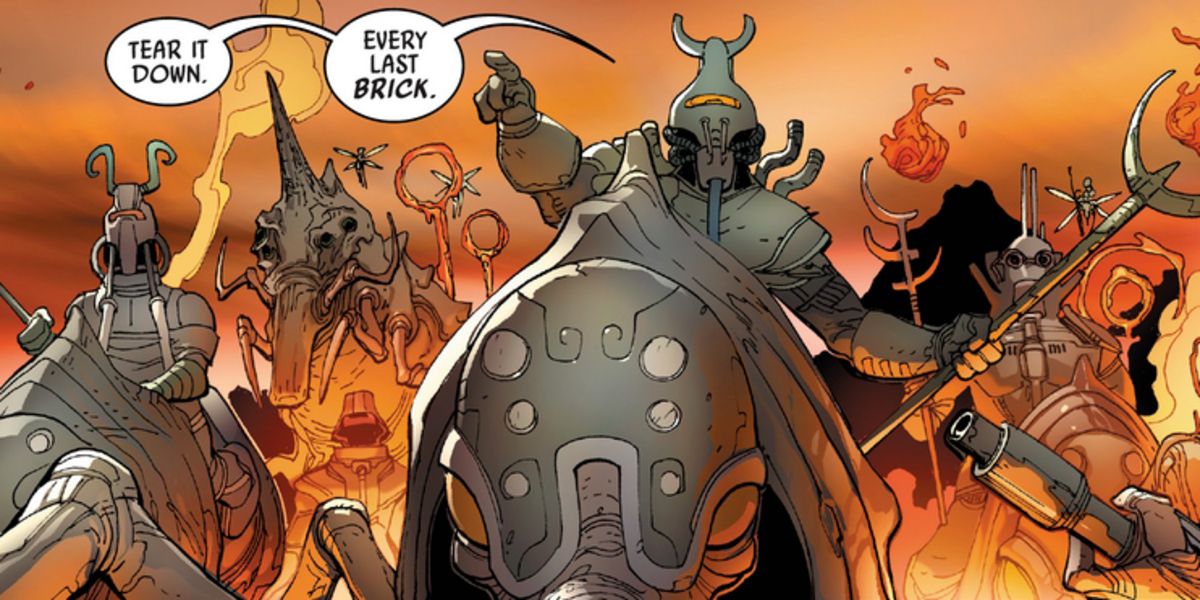
Some Mustafarians became acolytes of Darth Vader and followed in the footsteps of the Alazmec of Winsit, pilgrim cultists who devoted their lives to the Dark Lord's legacy. But most opposed his presence — and that of the Empire — on Mustafar, and attacked his fortress, using their abilities to manipulate the lava rivers to their advantage.
To withstand the harsh environs of Mustafar, Mustafarians adapted their insectoid bodies with cybernetics made from their own facilities and were highly suspicious of outside technology. The Mustafarians could be classified as two subspecies, with one thriving underground, and the other on the planet surface. Aggressive and resilient, the two groups often came together to protect their land from outsiders.
1 Arrakis: Water Scarcity

Though Arrakis has an urban population and impressive cities, it is a vast desert wasteland with no surface water. This means that water must be collected where it can be found in reservoirs under mountains, and transported to various clusters of populations, from noble houses to Fremen settlements.
Some water vapor could also be harvested in windtraps, but it was often not sufficient to provide for a metropolitan area. Water, like spice, became a means to control the destiny of all major human life on Arrakis.
from ScreenRant - Feed https://ift.tt/33JGW0v






0 Comments
Please don't use vulgar comments and avoid discussion on Religious matters